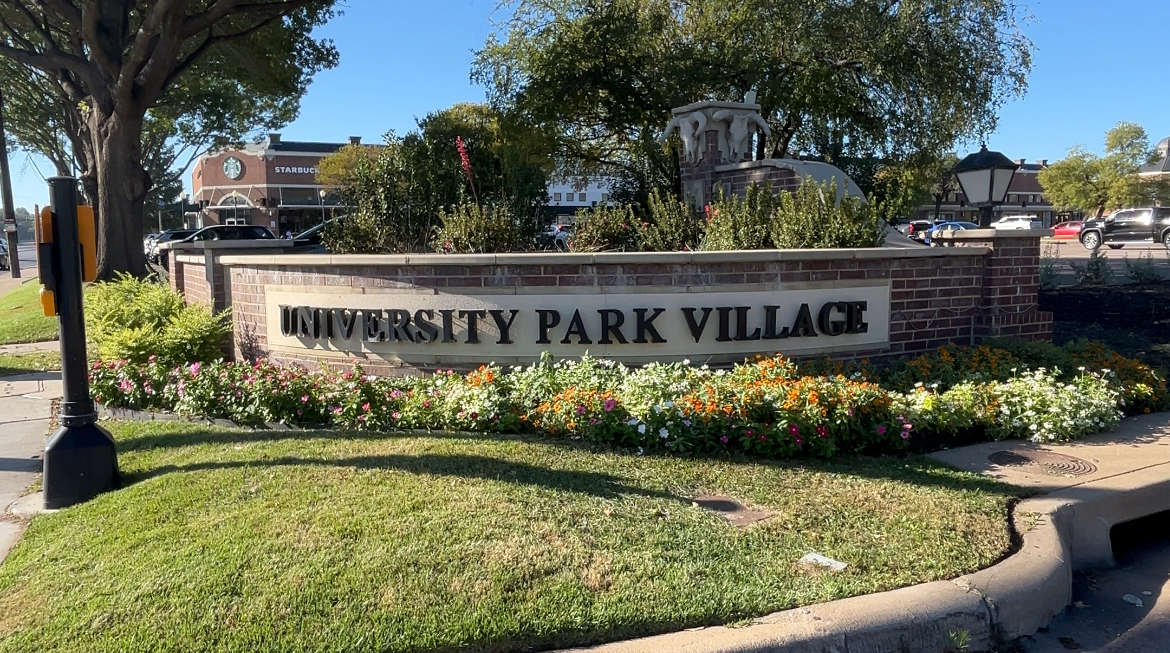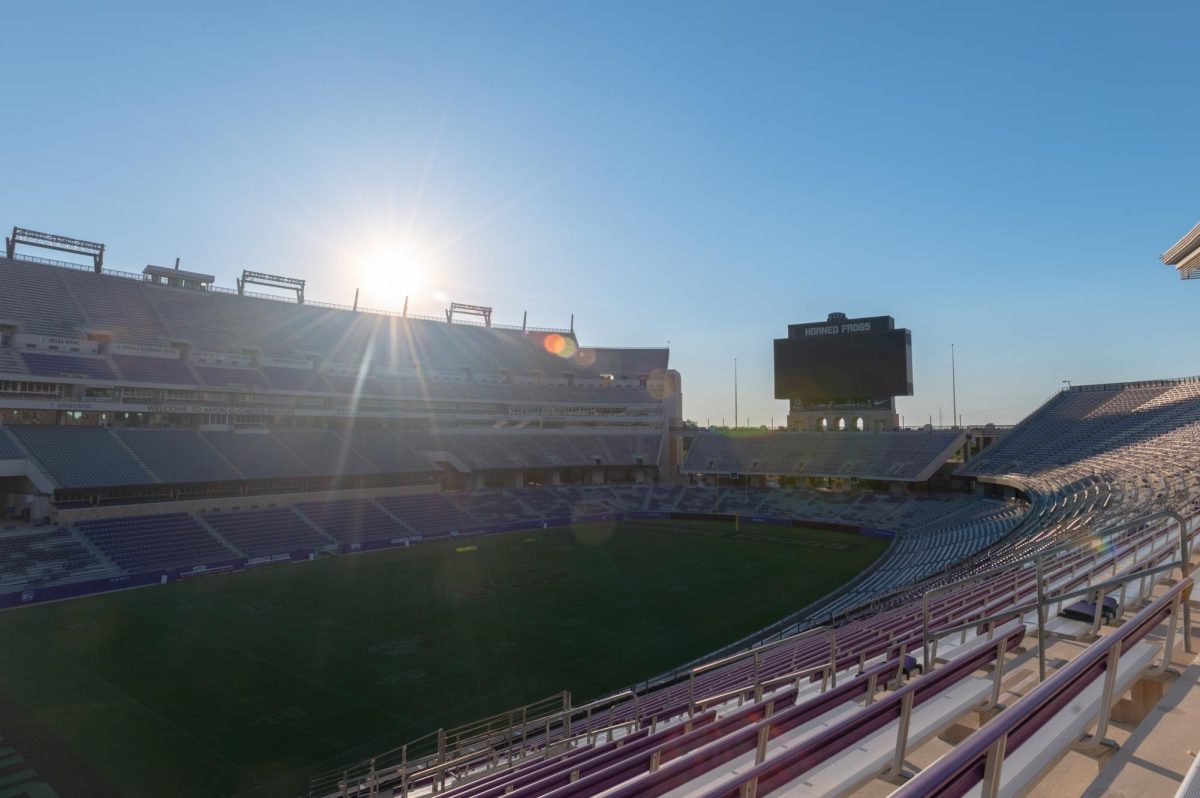Parks offer more than playgrounds and walking paths – they can also provide a variety of benefits ranging from community engagement to economic development to increased property values.
There are 259 parks covering 10,825 acres in Fort Worth according to the city’s Parks and Community Services Department. Of those 259 parks, five are located within the 76109 ZIP code, including Hartwood Park, Foster Park, Overton Park, Forest Park and Bluebonnet Circle Park.
Parks’ impact on economic development:
“Parks are an amenity for the residents of the community,” said Brian Guenzel, director of the Institute of Urban Studies at University of Texas at Arlington.
He said they also bring the community together for events ranging from a birthday party to a Fourth of July fireworks show.
Beyond binding the community, he said parks also contribute to economic development.
Research indicates that younger generations place a bigger importance on where they want to live as opposed to where they want to work, Guenzel said. And that type of perspective has influenced the role that parks play in attracting residents and labor forces.
Guenzel said BMC Software in Houston incorporated bike and hike trails to its corporate campus because employees wanted to walk and bike to work as well as use the trails on their breaks. So in order to attract the labor force the company wanted, they added the park-like systems, he said.
He said parks should be located appropriately, be the right size and offer park programming.
“You can have poorly designed parks, poorly planned parks and poorly placed parks and you’re not going to get the benefits,” he said.
Ideally, parks should have playground equipment, tennis courts or nighttime lighting, he said.
Guenzel said those issues need to be attended to in order for the community to reap the benefits parks have to offer.
He said it’s hard to argue against parks being valuable to the community.
He also explained that people want to be close to certain amenities like parks and because of that demand, residential areas closer to parks have higher property values.
Parks and their local benefits:
Even land developers are influenced by parks, Century 21 real estate agent Dana Meeks said.
Nicer homes tend to be built around parks because developers can get more money for the property, Meeks said.
She said developers will build parks instead of homes on available property as a way to beautify the area and increase the cost of home development.
Typically, the location of a home in relation to a park does not help or prevent the selling of a home, she said, but having a park near the property does appeal to some clientele.
Caroline Carson, a resident of the Westcliff West neighborhood, has noticed the different price range of homes throughout her neighborhood. She said the price of homes rises the closer they are to the park and the more affordable homes are farther from the park grounds.
In addition to influencing home values, Carson said having a park in her neighborhood has other benefits.
“Every single person I’ve talked to utilizes that park in some sort of fashion,” she said.
On a beautiful day, she said, Foster Park is full of families, people exercising and many children playing.
The park is located by Westcliff Elementary School. Carson said near the end of the school year some classes are held in the park to allow children to experience learning outside.
Kristi Taylor, secretary at Tanglewood Elementary, said there are various ways the school incorporates and encourages park experiences for students.
She said during the last few weeks of school, some teachers will take their classes across the street to Overton park to have a picnic outing.
The physical education teacher also takes advantage of the park by hosting a bike day in March, where students can ride bikes around the park grounds, she said.
And the Tanglewood Parent Teacher Association has a Popsicle event in the park every Friday afternoon as a way to encourage socialization among parents and students, she said.
The time spent in the park benefits the students, especially the younger kids, she said. The kids are inside from 8 a.m. to 3 p.m., and it is healthy for them soak up the sunshine, see nature and burn some extra energy while having fun at the park, she said.
The trend of parks being revamped through master plans:
Because of the increased demand and use of parks the trend of enhancing and revamping parks is growing, said Sandra Youngblood, assistant director for the Parks and Community Services Department of Fort Worth.
David Creek, assistant director of the parks department, said that there are 45 park projects that are in various stages of development — design, construction or an in-between phase.
Enhancements in park master plans vary from improving park ground appearances, planting new trees and plants, building pavilions and playgrounds, preserving natural spaces, revamping trails and bridges, and updating sidewalks and pathways.
“We are trying to do master plans in parks,” Youngblood said.
The parks department works with home owners associations, neighborhood associations and other groups who want to improve their neighborhood parks, community parks or special-use parks.
“A master plan is looking at the property and saying what would fit here, what fits the needs of the community, what are some amenities that we may be lacking in this part of town and would this work in this neighborhood?” Youngblood said.
The Friends of Overton and Foster Park Association is a non-profit organization that is creating a master plan to enhance the parks within the Overton and Foster communities. Tom Alves, landscape designer of the project, said the Overton and Foster Park master plan builds on existing features of the parks within the area.
Youngblood said she sees the need for parks to undergo modifications.
Over time, parks need to be updated, Youngblood said.
“Several years ago, the trend was to have wooden playgrounds, and we have gone away from that,” she said.
Youngblood said the parks need to comply with the Consumer Products Council Guide on playground safety. She also said that because of the recreational trends and the increase interest in fitness, the parks department has to keep up with the demands of changing times.
Recently, the department renovated Marine Park and built the first family aquatics center in Fort Worth. They also converted the tennis courts into a skate park.
Youngblood said that in a recent survey of parks users, 68 percent rated the parks and recreational opportunities in Fort Worth as excellent or good.



